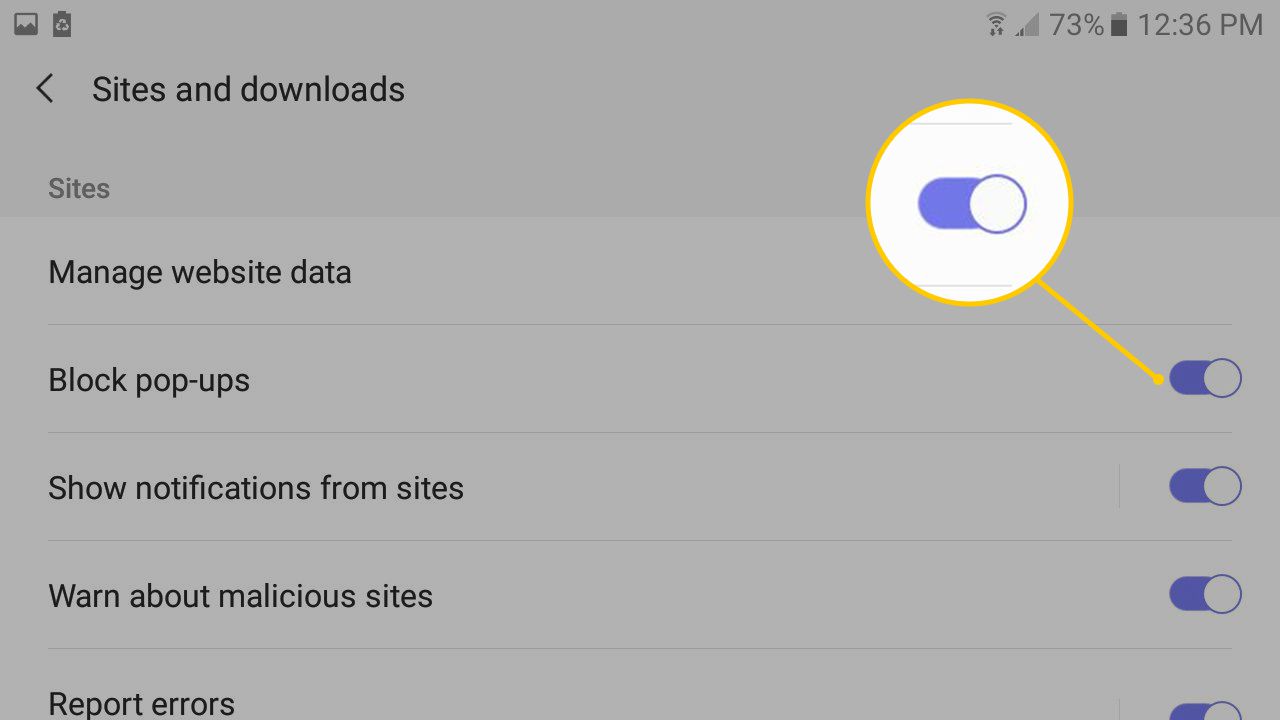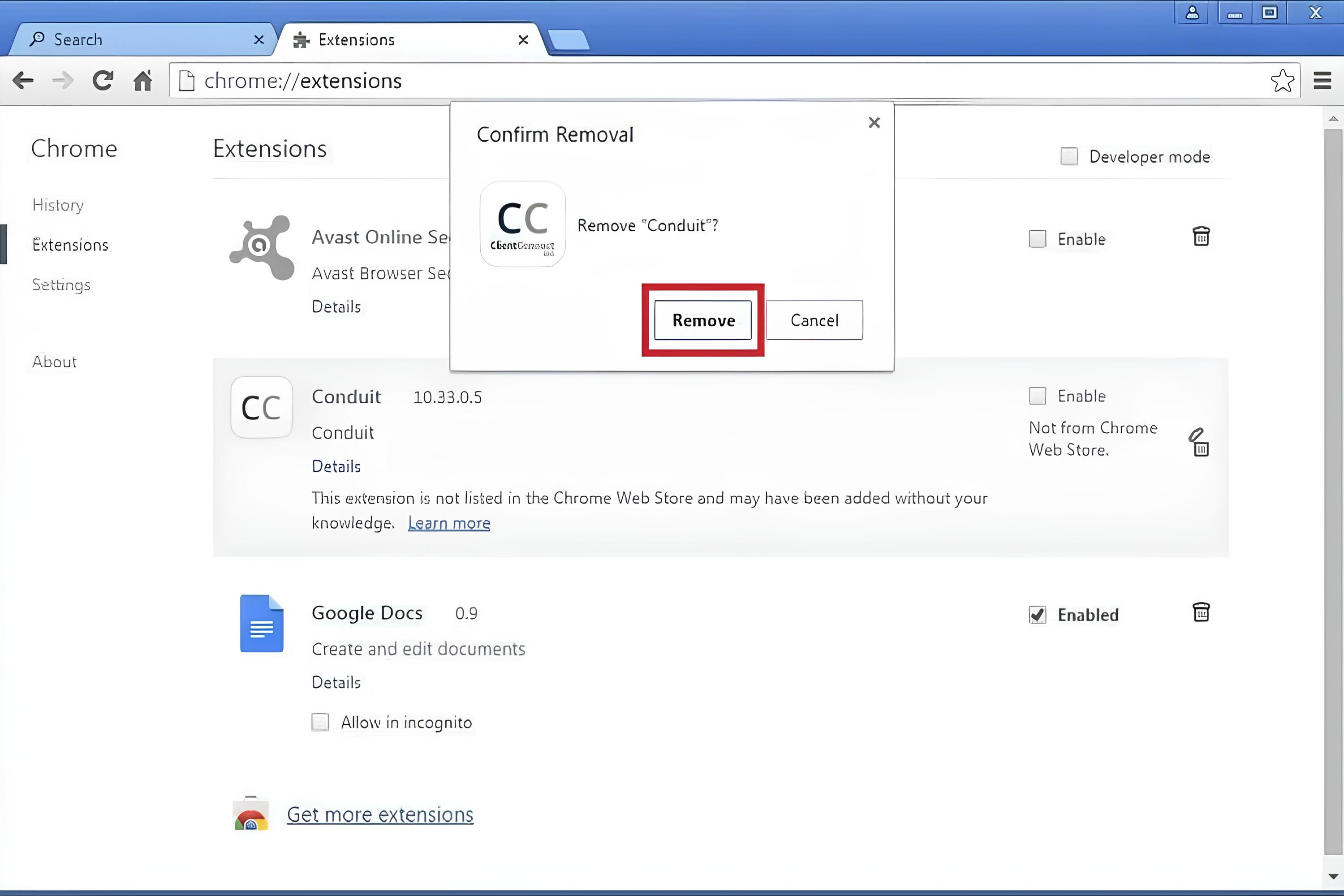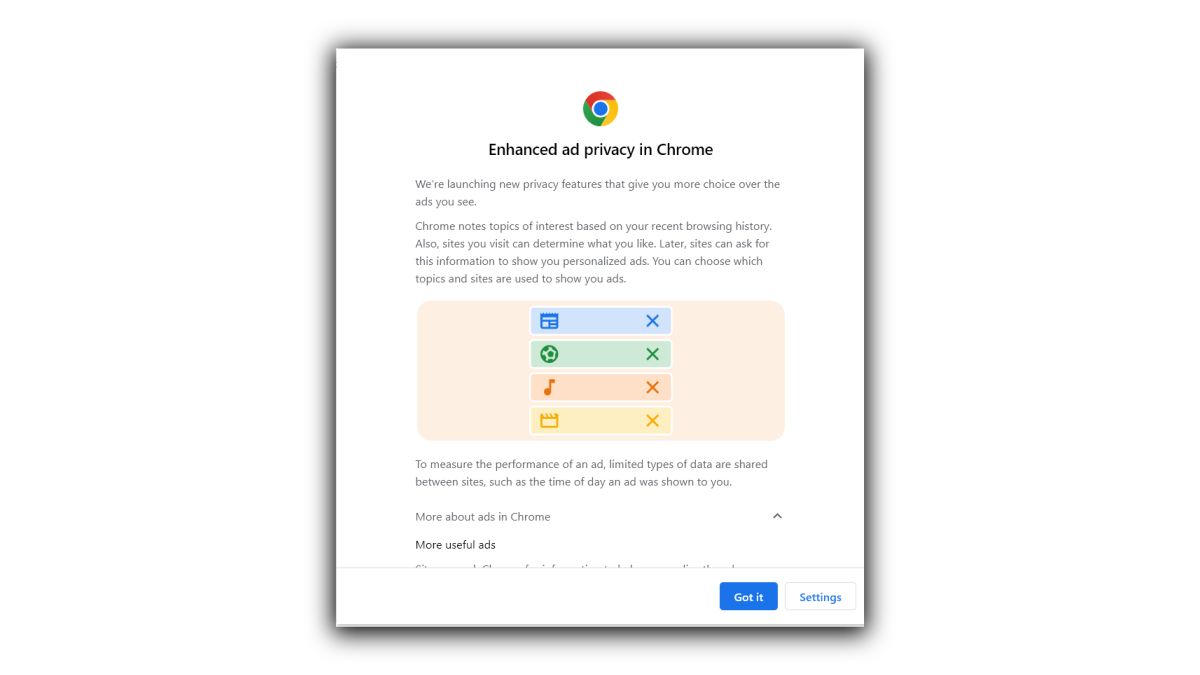Introduction
Dealing with unwanted browser extensions can be a frustrating experience for many internet users. One such pesky extension that often causes annoyance is Conduit on Chrome. This article aims to provide a comprehensive guide on how to remove Conduit from Chrome and regain control of your browsing experience.
The presence of Conduit on Chrome can lead to a range of issues, from unwanted pop-up ads to changes in the default search engine and homepage. These disruptions can significantly impact the user's productivity and overall satisfaction with their browsing activities. Fortunately, there are effective methods to eliminate Conduit from Chrome and restore the browser to its optimal state.
By understanding the nature of Conduit and its implications, users can take proactive steps to address this issue and prevent it from interfering with their online activities. In the following sections, we will delve into the details of what Conduit on Chrome is, why it poses a problem, and most importantly, how to remove it effectively. Whether you're a seasoned internet user or someone encountering this issue for the first time, this guide will equip you with the knowledge and tools to tackle Conduit on Chrome head-on.
Let's dive into the world of browser extensions and take the necessary steps to bid farewell to Conduit on Chrome for good.
What is Conduit on Chrome?
Conduit on Chrome refers to a potentially unwanted browser extension that can infiltrate the Chrome browser, often without the user's explicit consent. This extension is notorious for causing disruptions in the browsing experience by altering the browser's settings and injecting unwanted advertisements.
At its core, Conduit on Chrome operates as an adware extension, designed to generate revenue through intrusive advertising practices. Once installed, it can modify the default search engine, homepage, and new tab settings, redirecting users to unfamiliar and often dubious websites. Additionally, Conduit on Chrome may display an excessive number of pop-up ads, banners, and sponsored links, leading to a cluttered and frustrating browsing environment.
One of the concerning aspects of Conduit on Chrome is its ability to collect user data, including browsing habits, search queries, and even personal information. This invasive behavior raises privacy and security concerns, as the collected data may be utilized for targeted advertising or potentially shared with third parties.
Furthermore, Conduit on Chrome can degrade the overall performance of the browser, leading to slower loading times, unresponsive tabs, and increased resource consumption. These adverse effects not only diminish the user experience but also pose potential risks to the security and stability of the browsing environment.
In essence, Conduit on Chrome represents a disruptive and intrusive presence within the browser, compromising the user's control over their online activities and exposing them to unwanted advertisements and potential privacy risks. Understanding the nature of Conduit on Chrome is crucial in recognizing the need to address this issue promptly and effectively.
In the subsequent sections, we will explore the implications of Conduit on Chrome and delve into actionable steps to remove this unwanted extension, allowing users to reclaim a secure and streamlined browsing experience.
Why is Conduit on Chrome a Problem?
Conduit on Chrome presents a multifaceted problem that encompasses various aspects of the user's browsing experience, privacy, and overall system performance. Understanding the specific challenges posed by Conduit on Chrome is essential in comprehending the urgency of its removal and the potential risks associated with its presence.
First and foremost, Conduit on Chrome disrupts the user's browsing experience by introducing unwanted changes to the browser's settings. This includes altering the default search engine, homepage, and new tab settings, often redirecting users to unfamiliar and potentially unsafe websites. Such unauthorized modifications not only undermine the user's control over their browsing preferences but also expose them to potentially malicious or deceptive online content.
Moreover, the intrusive nature of Conduit on Chrome manifests through the incessant display of pop-up ads, banners, and sponsored links. These advertisements not only clutter the browsing interface but also detract from the user's ability to focus on relevant content. Additionally, the prevalence of these ads can significantly impede the loading times of web pages, leading to a frustrating and inefficient browsing experience.
Privacy and security concerns also arise from the presence of Conduit on Chrome. The extension's ability to collect user data, including browsing habits and search queries, raises alarming implications regarding the confidentiality of personal information. Furthermore, the potential sharing of this data with third parties for targeted advertising purposes amplifies the privacy risks associated with Conduit on Chrome, compromising the user's online privacy and data security.
In addition to these disruptions, Conduit on Chrome can adversely impact the overall performance of the browser, leading to slower loading times, unresponsive tabs, and increased resource consumption. These performance issues not only diminish the user experience but also pose potential risks to the stability and security of the browsing environment.
In summary, the presence of Conduit on Chrome represents a significant problem due to its disruptive impact on the user's browsing experience, privacy risks associated with data collection, and potential implications for the overall performance and security of the browser. Addressing this problem promptly and effectively is crucial in safeguarding the user's online activities and restoring a secure and streamlined browsing environment.
How to Remove Conduit from Chrome
Removing Conduit from Chrome requires a systematic approach to ensure thorough elimination of the unwanted extension and restoration of the browser's optimal state. Here's a comprehensive guide on how to effectively remove Conduit from Chrome:
-
Access Chrome Extensions: Begin by accessing the Chrome browser's extensions menu. This can be done by clicking on the three-dot menu icon in the top-right corner of the browser window, selecting "More tools," and then clicking on "Extensions."
-
Identify Conduit Extension: Within the Extensions menu, carefully review the list of installed extensions to identify the presence of Conduit or any related suspicious extensions. Look for any unfamiliar or unwanted extensions that may be associated with Conduit.
-
Disable and Remove Conduit: Once the Conduit extension is identified, proceed to disable and remove it from Chrome. To do this, click on the "Remove" button next to the Conduit extension. Confirm the removal when prompted.
-
Reset Chrome Settings: After removing the Conduit extension, it's advisable to reset Chrome settings to ensure complete eradication of any residual effects. To reset Chrome, navigate to the Settings menu, scroll down to the bottom, click on "Advanced," and then select "Reset and clean up."
-
Perform a Full System Scan: To address any potential lingering impacts of Conduit on the system, consider running a full system scan using reputable antivirus or antimalware software. This can help identify and eliminate any remaining traces of Conduit or related threats.
-
Clear Browsing Data: To further cleanse the browser and remove any cached data or cookies associated with Conduit, consider clearing the browsing data in Chrome. This can be done by accessing the "Clear browsing data" option within the Chrome settings and selecting the relevant data categories to clear.
-
Install Ad-Blocking Extensions: As a proactive measure to prevent similar unwanted extensions and intrusive ads in the future, consider installing reputable ad-blocking extensions from the Chrome Web Store. These extensions can help mitigate the risk of encountering adware and intrusive advertisements.
By following these steps, users can effectively remove Conduit from Chrome and mitigate the associated disruptions and privacy risks. It's essential to remain vigilant and regularly review the installed extensions to prevent the inadvertent installation of similar unwanted extensions in the future. With a proactive approach to browser security and maintenance, users can maintain a secure and streamlined browsing experience free from the interference of unwanted extensions like Conduit.
Conclusion
In conclusion, the presence of Conduit on Chrome can significantly disrupt the browsing experience, compromise user privacy, and pose potential risks to the overall security and performance of the browser. By understanding the nature of Conduit and its implications, users can take proactive steps to address this issue effectively.
The multifaceted problems posed by Conduit on Chrome, including unauthorized changes to browser settings, intrusive advertisements, privacy concerns, and performance degradation, underscore the urgency of its removal. Fortunately, the process of removing Conduit from Chrome can be approached systematically, ensuring thorough elimination of the unwanted extension and restoration of the browser's optimal state.
By accessing the Chrome extensions menu, identifying and removing the Conduit extension, resetting Chrome settings, performing a full system scan, and clearing browsing data, users can effectively eradicate Conduit from their browsing environment. Additionally, the installation of ad-blocking extensions can serve as a proactive measure to prevent similar unwanted extensions and intrusive ads in the future.
It's crucial for users to remain vigilant and regularly review the installed extensions to prevent the inadvertent installation of similar unwanted extensions in the future. By adopting a proactive approach to browser security and maintenance, users can maintain a secure and streamlined browsing experience free from the interference of unwanted extensions like Conduit.
Ultimately, the successful removal of Conduit from Chrome empowers users to reclaim control over their browsing activities, safeguard their privacy, and ensure a seamless and efficient online experience. By following the outlined steps and remaining attentive to browser security best practices, users can mitigate the risks associated with unwanted extensions and enjoy a secure and optimized browsing environment.
In essence, the journey to rid Chrome of Conduit is not only about eliminating a disruptive extension but also about empowering users to take charge of their online security and privacy. With the knowledge and tools to address unwanted extensions effectively, users can navigate the digital landscape with confidence, knowing that their browsing experience remains under their control.

























